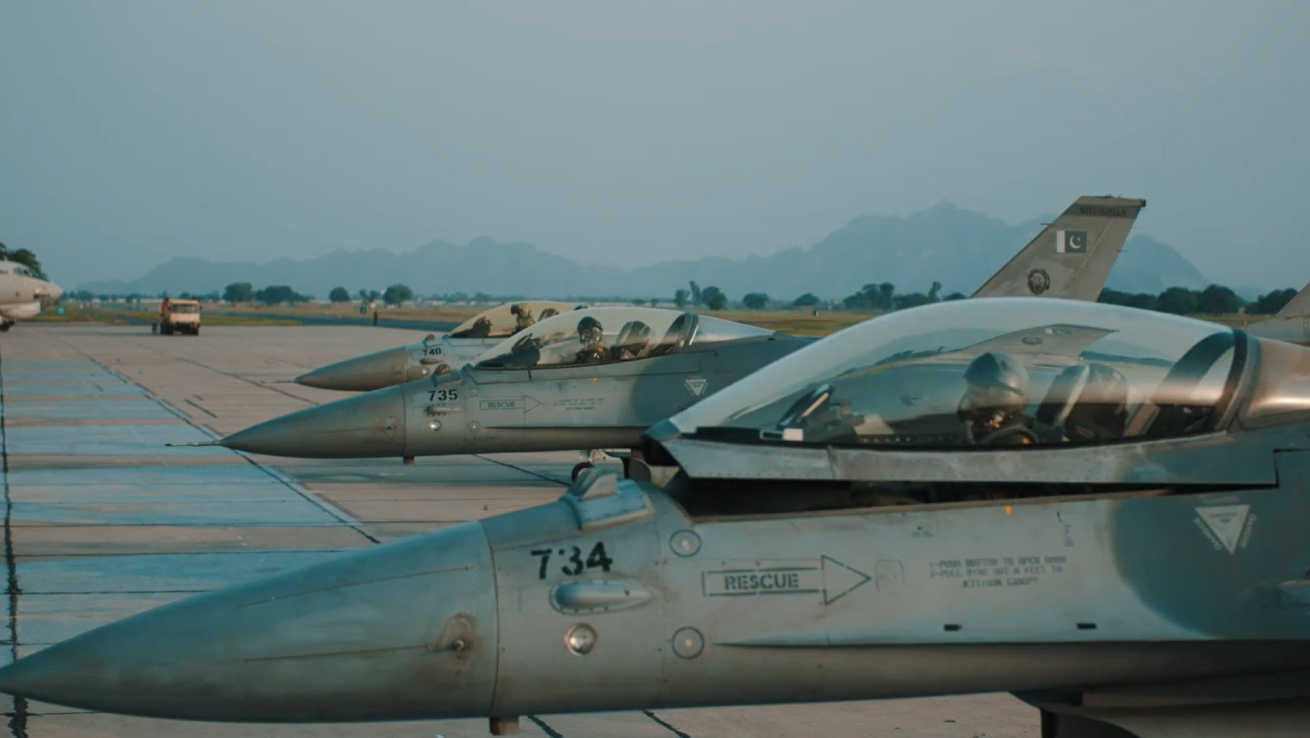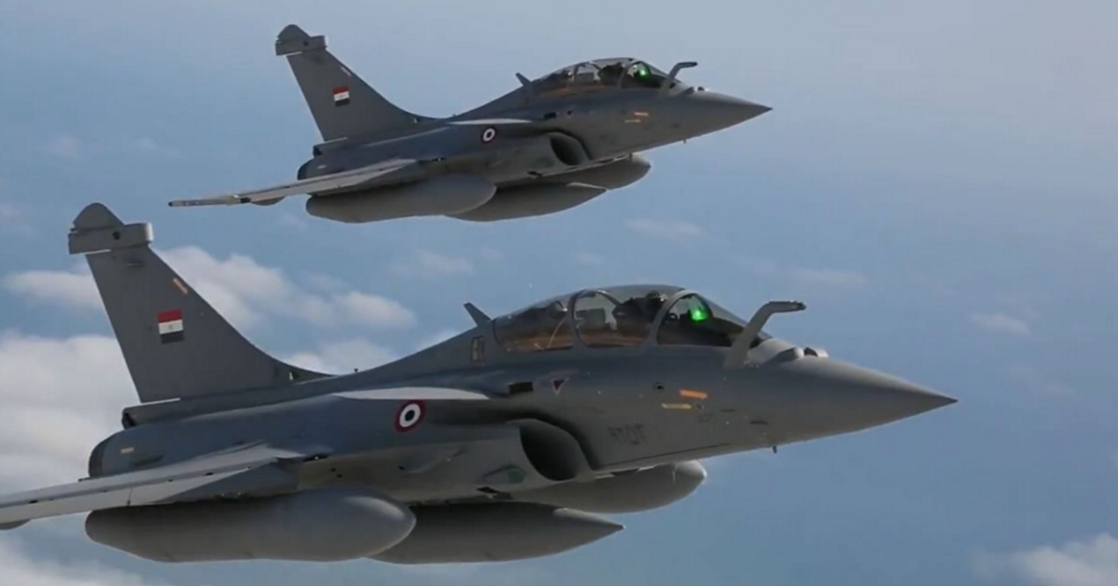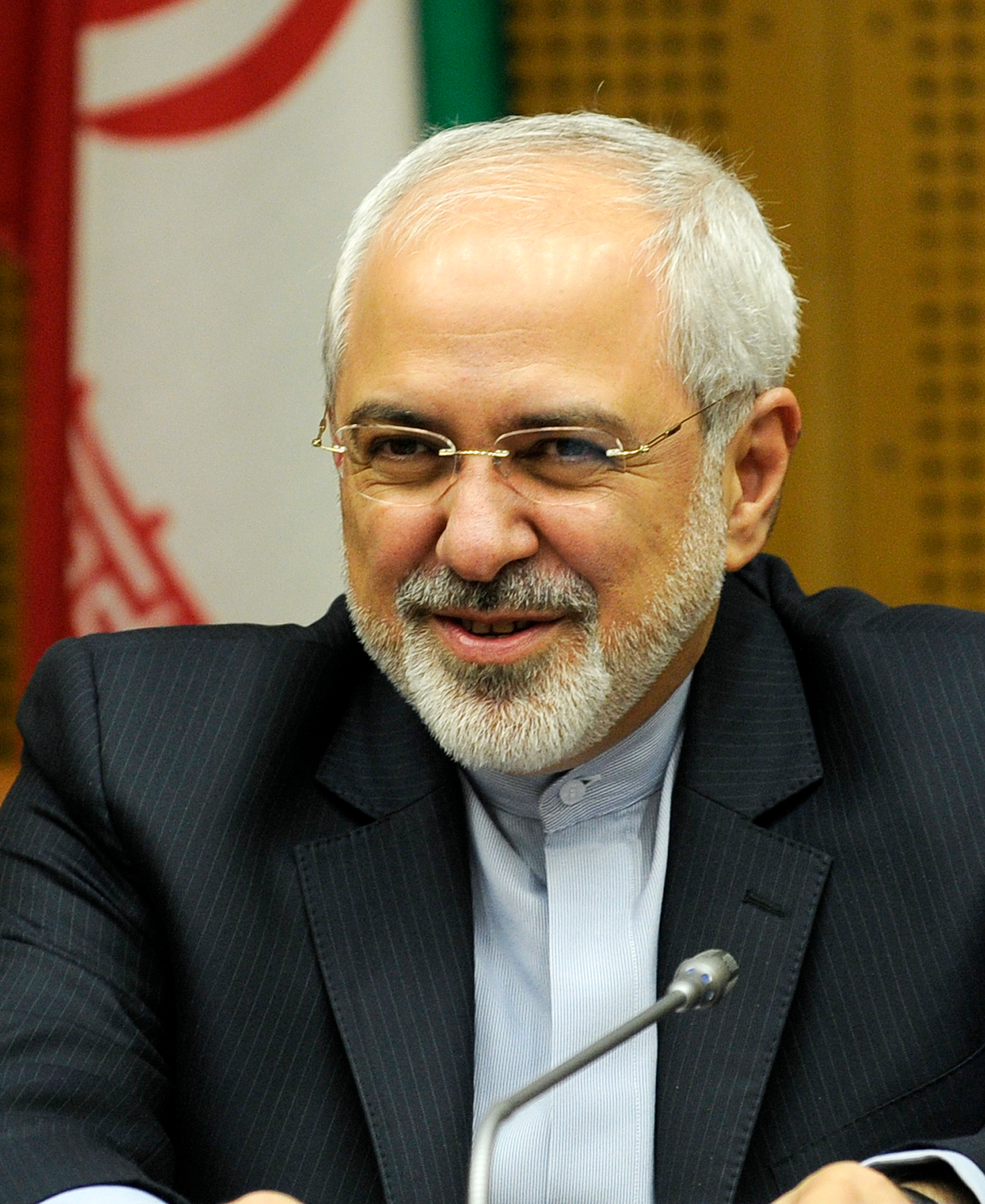33Views 31Comments

Should Pakistan Consider Used F-16s?
27 January 2016
By Bilal Khan
While the Pakistan Air Force (PAF)’s desire for new F-16s is widely known, hardly any attention is paid to the idea of it potentially studying used fighters as a means to meet its needs. To be fair, there is no news suggesting that this is the case, but it would be surprising to see the PAF not consider this route as a means to complement its plans for new-built Vipers.
With the ongoing induction of the JF-17 Block-II and development of the heavily upgraded and promising JF-17 Block-III, there is no urgency in acquiring new medium-weight fighters in addition to the F-16s. There was a time, especially in 2005-2009, when the PAF sought the Chinese J-10 to augment the Thunder. But with the listed design aims of the JF-17 Block-III, it is apparent that the potential payoff of the J-10 would not necessarily be worth the added cost of inducting an entirely new medium-weight platform.
To the disappointment of many, the F-16 is still on the PAF’s modernization roadmap. The general reluctance towards the F-16 is almost entirely due to the reality of possible U.S. sanctions. This is a valid concern given the crippling impact American arms embargoes have had on Pakistan, especially during the 1990s when the PAF had 71 new-built F-16s in the pipeline.
Unfortunately, not only did the arms embargo cap the production of those birds to 28 units, but those fighters were parked in Arizona through the 1990s and early 2000s. To make matters worse, the U.S. refused to refund Pakistan for those planes, arguing instead to let a third-party buyer’s payment serve as compensation. However, a new buyer could not be found, and the U.S instead refunded Pakistan in soybean oil, and then proceeded to allocate those F-16s to USAF and the U.S Navy. A lack of attrition replacements and spare parts reduced the PAF’s fleet to 32 fighters (from the original 40) by 2001.
Those sanctions were lifted after 2001 (following America’s entry into the region), and by 2014 the PAF’s F-16 fleet had swollen to 76 fighters. The PAF is looking to enlarge that fleet with eight new Vipers. It is possible that the PAF is looking to raise its F-16 fleet to the originally planned force of 110 fighters (as envisioned in the late 1980s). Purchases of new F-16s in small increments could enable the PAF to build its F-16 fleet without incurring a significant risk. The thinking here being that it is better to lose out on eight planes than seventy one.
However, with a possible delivery time of up to two years, would new F-16s alone be sufficient in meeting the PAF’s immediate needs? The PAF has hundreds of aircraft to retire, and while the JF-17 will replace the majority of them, certain units – such as the oldest Mirages – are slotted for retirement by 2020. With such a short timetable, it is unlikely a handful of new F-16s or even the JF-17 (at the current production rate) would easily fill all operational gaps.
It is possible that the PAF is considering used F-16s as a means to both plug nearing operational gaps as well as steadily building a sizable medium-weight fighter fleet. The PAF has the maintenance infrastructure to operate both A/B and newer C/D airframes, i.e. practically every kind of used F-16 available on the market. It is unclear if the PAF could acquire used F-16s under the Excess Defence Articles (EDA) program, which would limit costs to “packing, crating, handling, and transportation.” In other words, the airframes themselves would be free, or at least very cheap.
If used airframes are acquired, the PAF could then have the option of pushing the F-16s through a service-life extension program (SLEP), which would extend the life of the airframes. The U.S. Air Force (USAF) recently issued a request for information (RFI) for SLEP offers for around 300 of its F-16C/Ds. The SLEP would extend the life of USAF F-16s to 12,000 hours (from the current maximum of 8000).
In terms of upgrades, the ideal situation would warrant the acquisition of the F-16V-upgrade kit, which includes an active electronically-scanned array (AESA) radar. Based on the package released for South Korea, an upgrade of that level could cost $20 million U.S. per unit. Unfortunately, given the sensitive nature of the technology involved and the ‘concerns’ it could draw from certain quarters in Congress, it is unlikely that the PAF would be able to secure the F-16V-upgrade. A configuration in-line with the PAF’s existing fleet of Block-52+ and MLU is more likely.
If Indonesia’s planned purchase of 24 surplus F-16C/Ds with airframe restoration and upgrades (but no new radar) is of any indication, the PAF could pay around $30-35 million U.S. for each used, restored and upgraded F-16. In comparison to the PAF’s newly-built Block-52+, which cost $80 million U.S. a unit, this would be a highly cost-effective option. Yes, this is not an ideal solution, but it could be a viable short-term replacement for many of the PAF’s ageing Mirages, especially with the 2020-deadline in mind.
However, there are serious caveats. It is unlikely the U.S would release munitions such as the AGM-154 Joint Stand-off Weapon (JSOW) or clear the use of the Harpoon Block-II anti-ship missile, both of which would give PAF’s F-16s stand-off strike capabilities. The AIM-9X within-visual-range air-to-air missile (WVRAAM) would be a welcome addition as well (considering the PAF already has the helmet mounted display and sight system to make full use of it). However, that too is unlikely.
Above all, there is the very real possibility of the U.S completely denying the PAF the chance to even acquire used F-16s. This is keeping aside questions about potentially onerous end-user requirements or the issue of releasing a large cache of spare parts and possibly even reserve aircraft for attrition.
On the other hand, the PAF may not need that many additional F-16s to meet its short-term requirements. Whether new and/or used, it is almost certain that these F-16s would be the last the PAF procures, especially as it looks ahead to not only the JF-17 Block-III, but its next-generation fighter as well.


